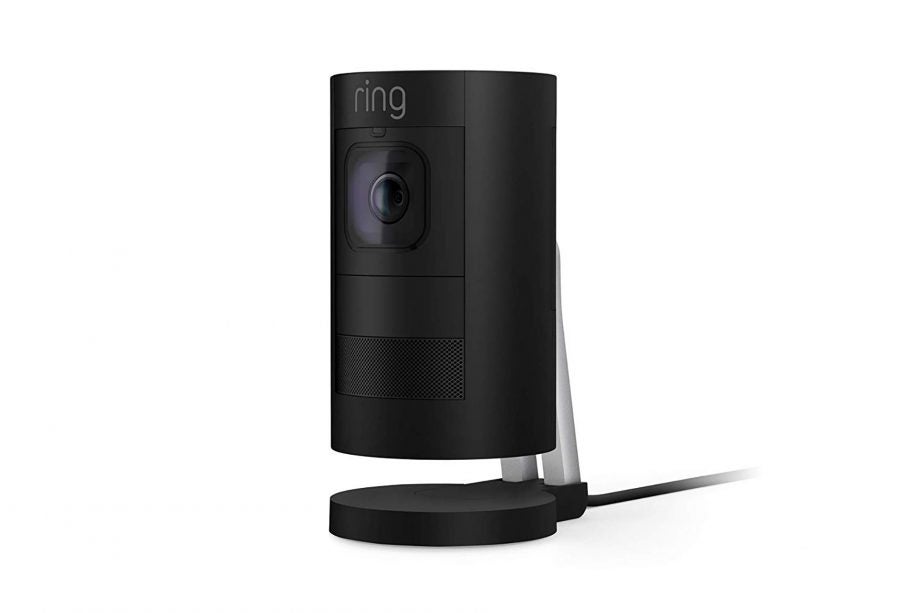Ring Stick Up Cam has you covered inside and out

Ring, now owned by Amazon, is expanding its product line to cover the inside of your house, rather than just the outside such as with the Ring Video Doorbell 2. With the Ring Stick Up Cam, you get a model that can cover you both inside or out, with the flexibility to move between the two environments.
Key to this is the camera’s flexible installation options that start with the stand. You can place it on any flat surface, just as with regular security cameras, but the stand can also be used as a mount letting you attach the camera to a wall or ceiling. When using outside, range can be an issue with Wi-Fi cameras. To solve this, the Ring Stick Up Cam has an Ethernet port and can even be powered using Power over Ethernet; a secondary USB power port gives you a more traditional way of plugging the camera in.
Customisable motion zones let you pick where you want the camera to focus on. Movement in these zones alerts you and sets the camera to record what’s going on, saving footage to the cloud if you have a Ring Protect plan (these start from £2.50 a month). The camera records at 1080p with a 150-degree wide-angle lens.
A live feed can be viewed through the Ring app, with two-way talking letting you warn off any would-be thieves. To really get them going, there’s a 110dB alarm that you can trigger, too. As you’d expect, the camera feed can be viewed through compatible Amazon devices, such as the Echo Show (2nd Gen). You can only view the feed and can’t use the talk feature, though.
The camera comes on the release of a survey from Ring, which showed that the average Brit spends 20 minutes per day worrying about the safety of their homes, with one in six people feeling less safe in their neighbourhoods compared to two years ago. Of the respondents, 34% said that having more CCTV in their neighbourhood would make them feel reassured.
The Ring Stick Up Cam costs £179 and is available to order on Amazon now; a battery-powered version will launch soon, which will use PIR motion sensing rather than custom motion zones. We’ll have a full review soon.


